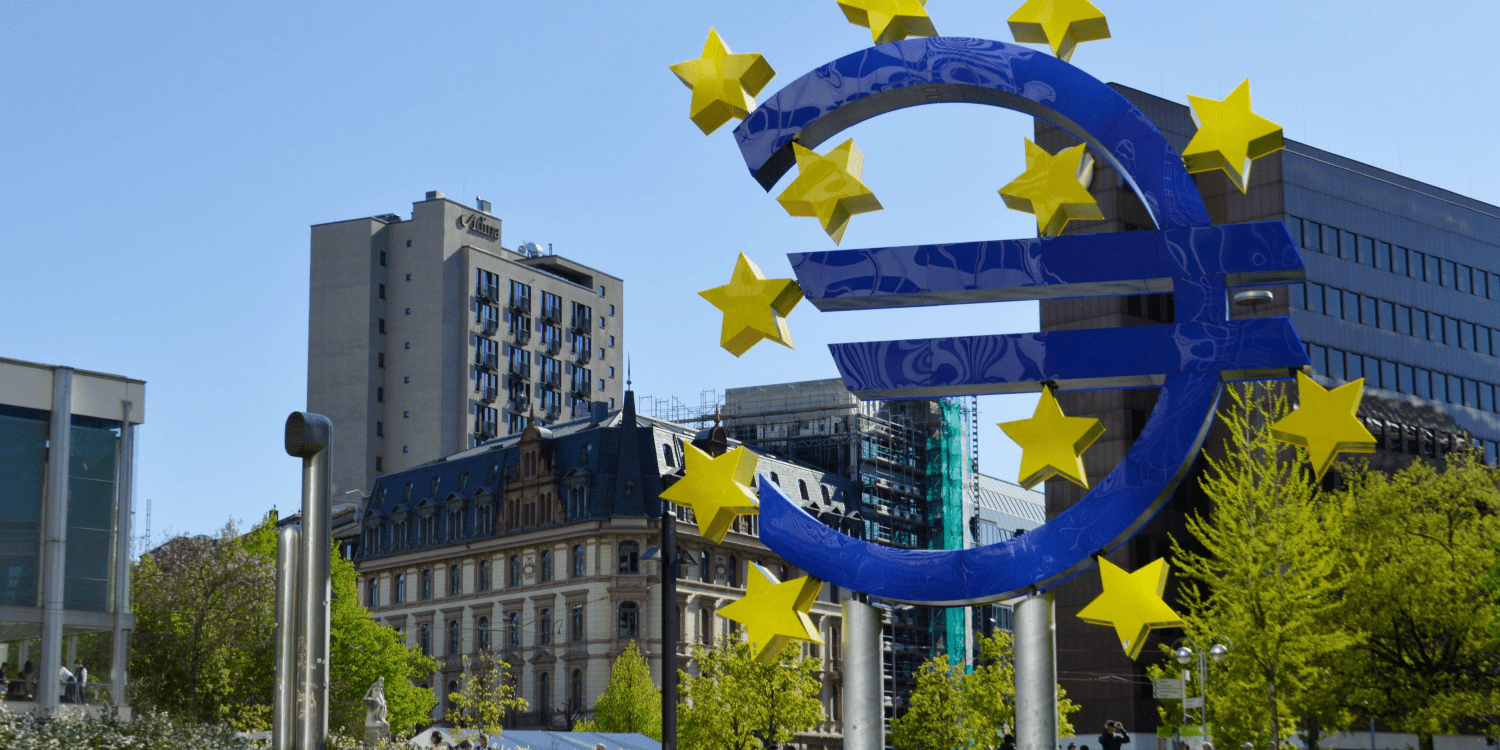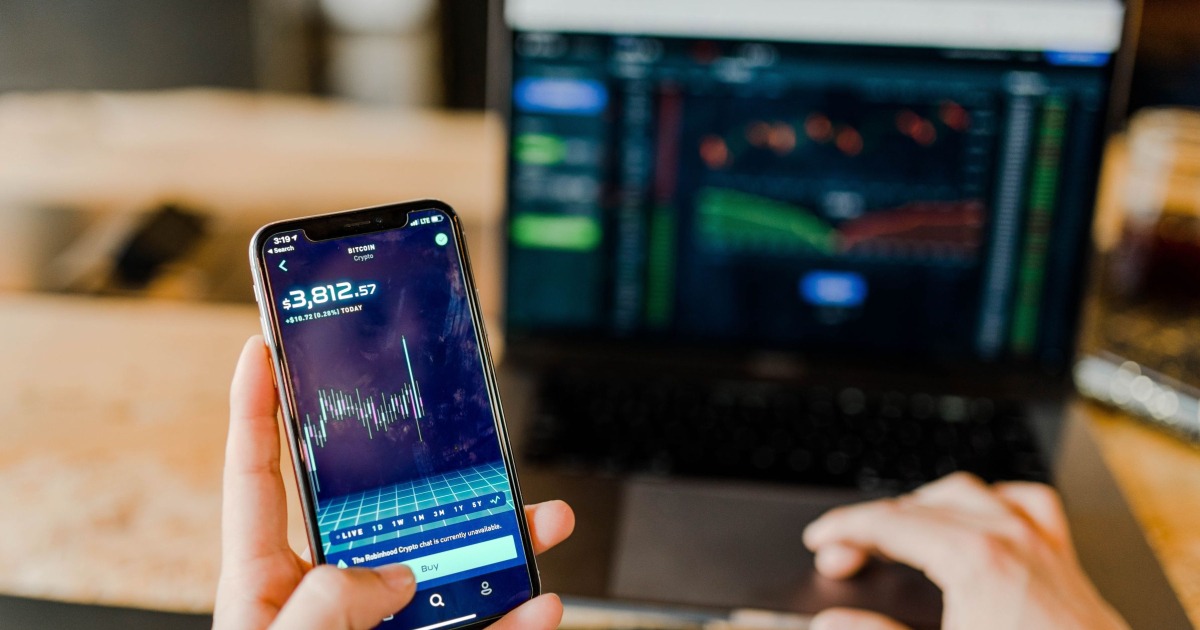Forex Risk Management
Whenever the term risk management comes up, it is usually followed by a conversation on some obscure financial topic, usually about how corporate level businesses plan against the potential negative impact that other things may have on their profit levels or their overall business. Rarely do people think about risk management as something that even the average person can implement in their everyday lives. Unlike what many people think, we use risk management almost every day. We are certain that at some point in your live, you have practiced some form of Risk management. If you have ever plugged out certain appliances when electricity goes out; or avoided placing electrical outlets near places that have water; or even if you put on our seat belt before you drive (as you should!), then you have some experience. These are all risk management techniques that everyday people use in their lives.
Now, these all seem relatively simple, and definitely necessary if you want to avoid the nasty consequences that may happen if you don’t follow those strategies. I’m sure some unfortunate person out there has woken up with a dead refrigerator or microwave because he forgot to plug out his appliances after the electricity went, not to mention the countless road fatalities that could have been avoided simply if the person or persons were wearing their seatbelts. We think of all of these things as extremely important, maybe integral even to everyday life. Yet, why is this not the case with our financial lives?
Risk management in Forex trading is just as important as any other method of risk management in our lives. As persons who are constantly engaging with the Forex market, not having a risk management strategy is like speeding down a highway on a motorcycle without a helmet. But before we get into that, it would probably do us good to know what exactly a risk is, and what risk management entails the we can determine what forex risk management means.
A risk is defined as anything that gives you the potential to gain or lose something of value. Now in terms of forex risks, these are any event, circumstance, anything at all that will cause you to either gain a profit, or lose your money. Although risk management in forex isn’t something that is generally seen as important, the well known fact that more than 90% of forex traders fail is evidence enough that this way of thinking is wrong. Proper risk management strategies take into account that every trade has the potential to go bad, and make plans accordingly. Now this falls in line to what risk management is all about – forecasting, and evaluating potential risks and creating procedures that will help to lessen those risks as much as possible.

Forex Trading – Risky Business?
Now some fear mongering people love to spread anything negative that they can about trading in the financial markets. This includes futures trading and stocks, but mostly it has meant forex trading. This has been due to the fact that forex market is more accessible, more liquid, and has gained significant popularity in the last decade. This of course has made it a target for certain brokers that wish to take advantage of unsuspecting forex traders, by implementing clauses that hold on to their profits, or increase margins without informing their clients. These are unfortunately apart of trading in any market. Forex trading risks can be planned for just like any other risk in the financial market.
So, the question is, How does one go about doing that?
Forex Trading Risk Management – How do we do it?
Now, the first things that we need to learn in order to understand how to manage forex risk, is to understand the way in which we need to look at risk in the first place. Many people view risk management in forex as something that should either be avoided at all costs, or something that doesn’t play a role in their decisions. The truth is, in the currency market, forex risk is a part of making any trade. The way that successful traders make their profits is by using two principals. They only make trades that have a high probability of success. They use price patterns, support and resistance levels, and indicators to identify areas where price will most likely move in a way that they can predict. They then determine the areas where the trade would be seen as failed. This is the area where the trader knows for certain that the price is moving in the opposite direction and against the trade. Now, the key in making consistent profits, it to focus on the risk:reward ratio.
This ratio will determine whether you make a profit or a loss at the end of the day. The way that it does this is through ensuring that whatever risk that you take on a trade, the expected reward is greater than it, so if you were to take four or more trades in a month, and only win half of those trades, you would still make a profit at the end of the period. The best forex risk management strategy will allow the trader to reduce their potential loss to something they can tolerate (usually 1-3% of their account), while allowing them to have a potential profit usually double to even five times more than their risk. It must be said however that most day traders settle on either double or triple their risk, for their expected rewards.
So, what is the tool that traders use to manage forex trading risk is a stop loss, now this is usually in the form of what we refer to as a hard stop. This allows them to the exit trades that have turned against their position and now in loss. Now if a trader uses a hard stop, they have predetermined the forex risk that they are willing to take for the trade. This means that a trader can essentially take the same risk on every trade. (Risk the same amount on his account on every trade that he takes). For example, if a trader wishes ensure that he is risking only 1% on his account with every trade, then he simply changes his adjusts his position size, to ensure that where he places his stop loss is an area where he will only lose 1% on his account if the trades goes badly. If he makes four trades for the month for example, each with a risk reward ratio of 3:1, meaning that their expected reward was three times more than their risk. If he loses two out of the four trades, this means that he would have lost 2% of his account but, also gained 6%. Putting these together the trader makes 4% on his account at the end of the four trades. This means if he had an account of $10,000, this means he would have made $400, even after losing half of the trades that he made.
Perfecting the Risk Management Strategy
As with all areas of trading, the best way that a forex trader can perfect his risk management strategy is to practice. But first he must determine what risk strategy works for his needs. This can be done through analysis of his risk appetite, his general trading strategy, and his trading goals. For a person who has a low risk appetite, then he most likely would be only willing to risk 1% of his account on each trade that he makes, and would only go for trades that have a high risk:reward ratio, like 4:1. For a person who isn’t as risk averse, they may be open to using lower risk reward trades, trading more frequently, with lower time frames, and risking more on their account with each trade, for example 5%.
Now a trader who has a trading strategy based on support and resistance levels and trend following, then he most likely he would be using indicators like moving averages and Fibonacci retracements to help him identify areas where strong trends will form, or where a retracement will happen. These indicators can also be used to determine where to place your stop losses. When a trader knows where to place his stop losses accurately, he can then change his position size (lot size) to suit his trading goals, whether he wants to risk 1% or even 5% on his account. With the type of customizability that forex risk management allows, with a properly thought out risk strategy, any trader will be able to reach their financial goals.
So, if you need further convincing to employ a risk management strategy to help to curb your forex trading risk then take a note of the following:
- A trader who does not use a risk management system, is essentially the same as the typical casino gambler. How so? you may ask. Well, the casino gambler has no plan, he does not and cannot make measures to help to reduce the risk that he is exposing himself to when he makes a deal. He leaves all his transactions to chance (Or rather to the casino with whom is is making the deal). And as we know, it is rare thing for a gambler to win, and when he does, it is not unusual for him to then lose a significant portion of that profit (or all of it), on other gamble deals. This is the same for a trader who does not have a risk management plan. Usually he ends up with rare winning trades, but the majority of his trading consists of large losses that overshadow any profit that he may have made. Having a risk management plan, will help you to avoid this fate.
- Risk management will teach you discipline. Speaking from the psychological aspect of trading, discipline is one of the most essential traits for successful traders. But, if we take a look at the average forex trader, it is usually someone looking to make money quickly. This type of attitude is bound to ensure failure. Forex trading requires the kind of mindset that values patience and waiting for the trades with the highest probability of success. Having a risk management strategy will help you to have a predetermined set of rules that you have to follow. For many, this takes the pressure of having to make the decision themselves, out of their hands, because if the trade does not fit into their strategy, and falls outside of the risk management strategy that they have set for themselves, they simply do not take it. This not only makes trading easier for them, if done properly, it will allow for more consistent profitable results.
Risk management is logical. If all other reason fails, then there is always the gold old ‘it’s the smart thing to do’ defense. If you take note of all the very successful traders out there, not excluding famous forex traders like Bill Lipschutz or George Soros, who have made more money than you may even to dream of, they all have some sort of risk management strategy. They know where they will exit a trade, and what amount of money they expect to lose if their trades turns against them, before they even make the trade. If you need an example, George Soros, knew his risk for his famous Black Wednesday trade that earned him the title “The Man Who Broke the Bank of England”. (His risk was the profit that he made for that year on his investments). Watching the attitudes of the famously successful traders in the world, on risk, will give you the correct perspective that you can apply to your own trading. To do this simply google search ‘risk management forex’ under names like Krieger, Soros, or Druckenmiller. This will help you to understand how these individuals approached risk in their own trading, so you can integrate such methods to better your own trading career.


























Comments (0 comment(s))